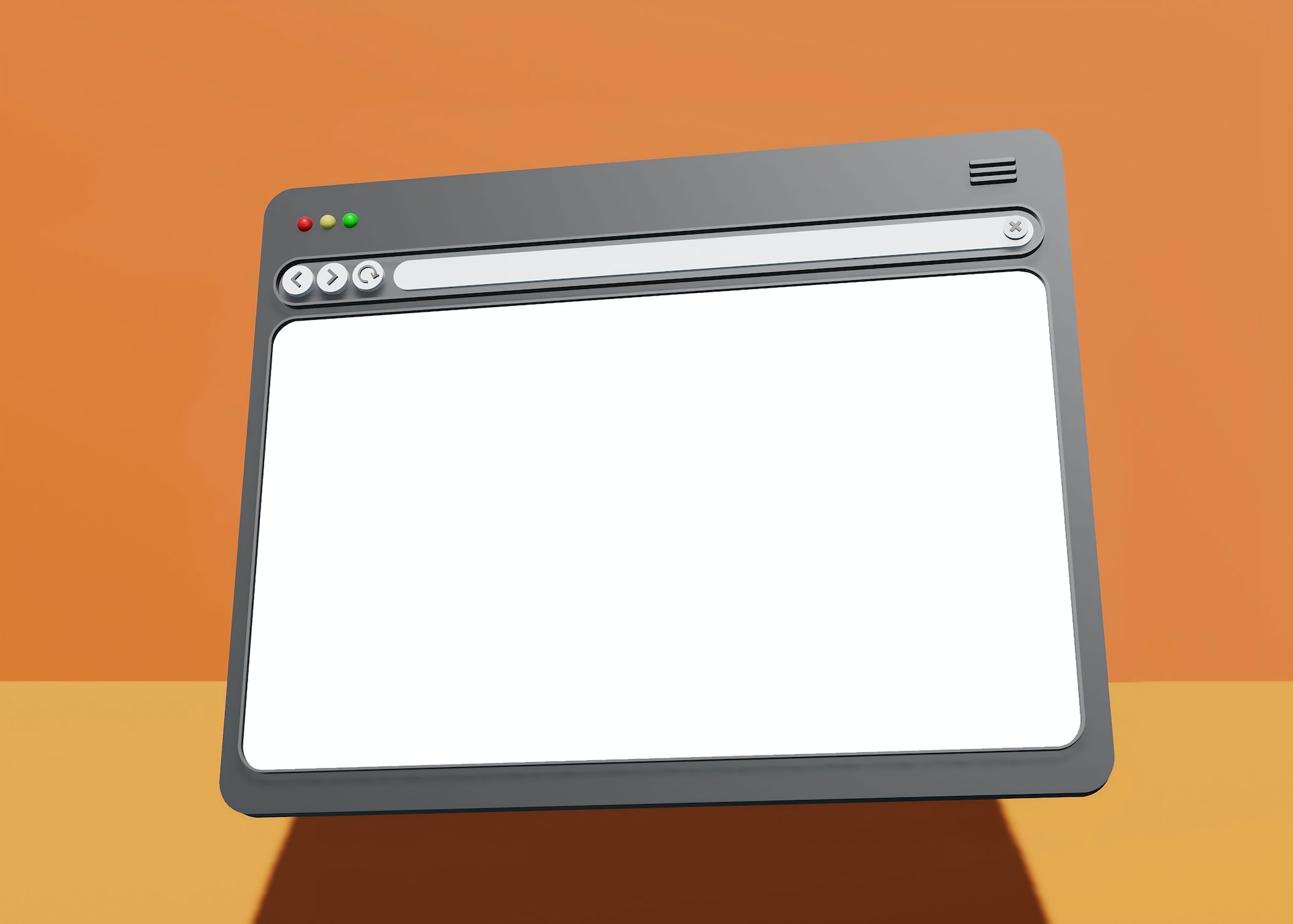The Evolving Role of Website Mockups in Modern Web Design
In the dynamic landscape of web design, the importance of website mockups continues to evolve. Once considered a static representation of a website’s layout, mockups now play a multifaceted role in the design process. This article explores the transformative nature of website mockups and their significance in modern web design.
Quick Links
From Static to Interactive: The Power of Prototyping
Traditionally, website mockups were static images that provided a glimpse into the visual layout of a site. However, in recent years, mockups have evolved into interactive prototypes, allowing designers to create fully functional experiences before the actual development phase. This shift has dramatically enhanced the design process, enabling designers to gather valuable feedback and iterate quickly.
Interactive mockups simulate the user experience, allowing stakeholders to navigate through a website and interact with its elements. By incorporating clickable buttons, menus, and other interactive elements, designers can simulate user interactions and test various design solutions. This approach helps identify usability issues, fine-tune user flows, and create seamless user experiences.
Furthermore, interactive mockups enable designers to showcase their vision and demonstrate the proposed functionality to clients and project stakeholders. By providing an interactive representation of the final product, designers can effectively communicate design decisions and gather feedback early in the process, reducing the risk of misinterpretation and ensuring a more efficient design workflow.
Streamlining the Design Workflow: Collaboration and Communication
Website mockups have become indispensable tools for collaboration and communication among designers, developers, and clients. By presenting a visual representation of the final product, mockups facilitate clear and concise communication, ensuring that all stakeholders are aligned on design expectations, functionality, and aesthetics.
Mockups serve as a common language that bridges the gap between designers and clients. With visual representations, clients can better understand the proposed design and provide informed feedback. This collaborative approach empowers clients to actively participate in the design process, fostering a sense of ownership and satisfaction with the final product.
Moreover, mockups enable designers and developers to work together seamlessly. Designers can convey their ideas more effectively, and developers can understand the design requirements and implement them accurately. This alignment between design and development teams leads to more efficient workflows, reducing rework and enhancing overall project success.
Testing User Experience: Enhancing Usability and Accessibility
Mockups play a vital role in testing and improving the user experience (UX) of a website. By creating realistic visual representations of the interface, designers can assess the usability of the site and identify potential pain points. User feedback collected during the mockup stage allows for early refinement and ensures that the final product meets user expectations.
Mockups also contribute to improving website accessibility. Designers can simulate the experience for users with disabilities, ensuring that the site adheres to accessibility guidelines and provides an inclusive experience for all users. By identifying and addressing accessibility concerns during the mockup phase, designers can save time and effort in later stages of development.
Responsive Design and Mobile Optimization
In the mobile-first era, website mockups have become essential for creating responsive designs and optimizing websites for mobile devices. Designing for multiple screen sizes and resolutions requires careful consideration of layout, navigation, and content prioritization.
Mockups allow designers to visualize how the website will adapt and respond to different screen sizes. By testing various breakpoints and fluid design elements, designers can ensure a consistent and user-friendly experience across devices. This process helps identify design issues specific to mobile devices, allowing for adjustments and optimizations before the development phase.
The role of website mockups in modern web design has evolved significantly. From static representations to interactive prototypes, mockups now serve as powerful tools for testing, communication, and collaboration. They streamline the design workflow, facilitate clear communication between stakeholders, and help create seamless user experiences. Mockups also contribute to improving usability, accessibility, and responsive design. As web design continues to evolve, website mockups will remain integral to the design process, empowering designers to create exceptional digital experiences.
What Is WooCommerce Product Slider and Why Your Store Needs It
Why Do Product Images Matter So Much in Online Stores? When someone visits an online store the…
0 Comments9 Minutes
How to Streamline Your Customers’ Shopping Experience?
The goal for any online store is to make shopping as smooth as possible. When visitors move…
0 Comments8 Minutes
Strengthening Brand-Customer Relationships Through Gamified Loyalty Programs
Creating lasting connections with customers has become increasingly vital as the marketplace grows…
0 Comments6 Minutes
How to Use SEO and SEA Together in Search Engine Marketing
In digital marketing, search engine marketing (SEM) plays a critical role in improving online…
0 Comments10 Minutes
Content Marketing Growth Hacks: Real Shortcuts to Drive Traffic
Are you still lagging in content marketing? Sticking to these old strategies seems…
0 Comments10 Minutes
How to Build a Strong Local Following Using Social Media Marketing
In the days of likes, shares, and stories, local businesses have a golden opportunity to create…
0 Comments9 Minutes
Why WooCommerce is the Best Choice for Your Online Store?
WooCommerce stands out as a top option for anyone looking to build an online store. This platform…
0 Comments8 Minutes
How to Use AI-Powered SEO Tools for WordPress eCommerce
SEO is a critical factor in the success of any e-commerce WordPress store. As competition…
0 Comments11 Minutes








